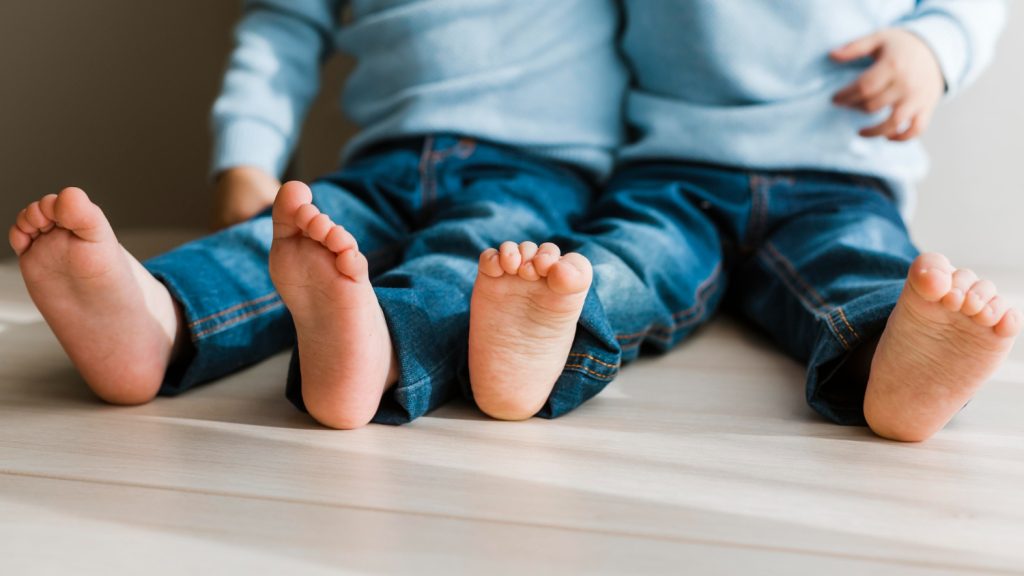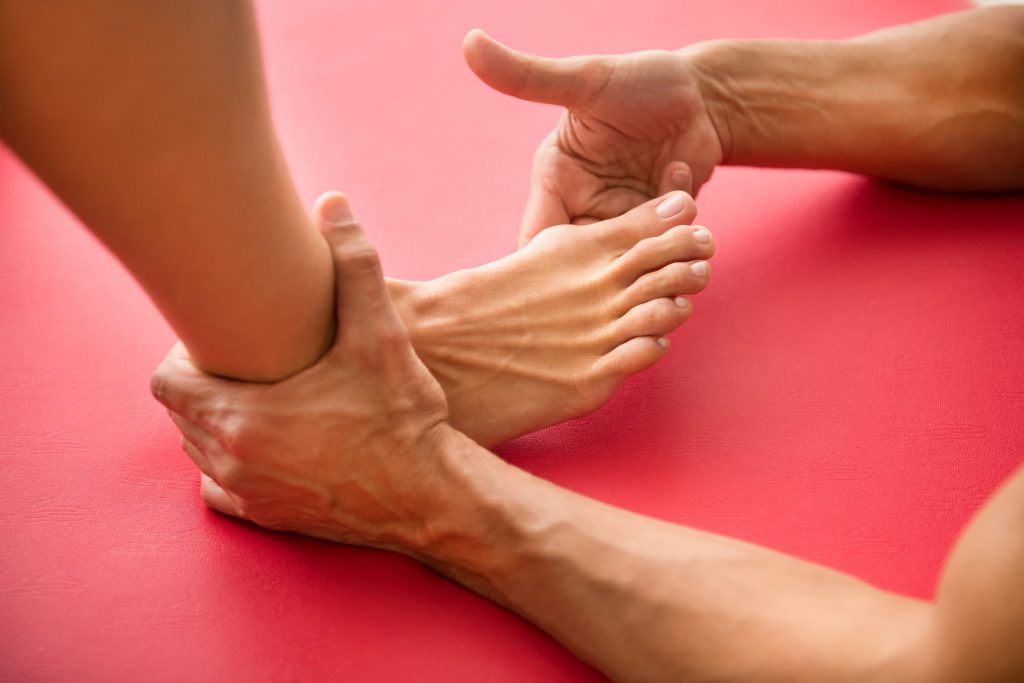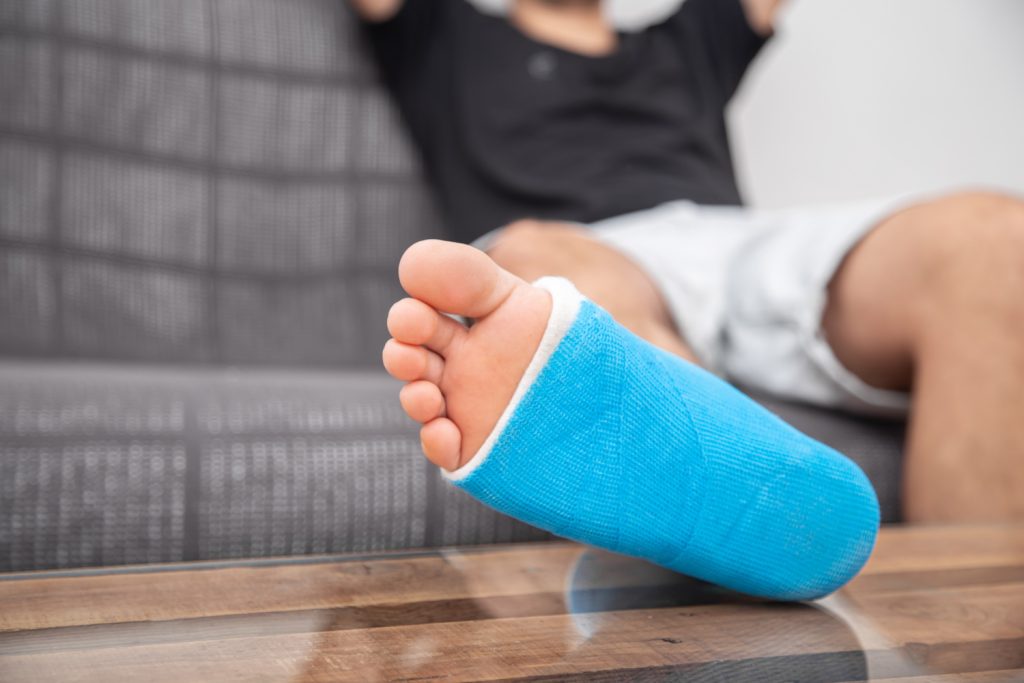Morton’s neuroma! Is it serious?
Do you always feel like there are pebbles in your shoes or that your socks are always bent? You examined your sneakers and found nothing? Morton’s neuroma might be to blame. It is a painful ailment that affects the ball of the foot when the nerve between the toes gets irritated. The area between the third and fourth toes is frequently affected. What is the answer? Is it dangerous? We shall discover the answers to these and other questions together. What is Morton’s neuroma? Morton’s neuroma is a painful condition that affects the ball of the foot, usually between the third and fourth toes. The swelling of the tissue around the nerve that travels between the toes causes it. The nerve between the bones of your toes may be swollen, inflamed, or damaged. This can lead to sharp, burning pain, or a numbness or tingling sensation in the affected area that makes walking difficult. The problem can grow bigger and worsen without treatment if you ignore it or neglect treatment. Nerve damage may also become permanent. Is it a tumor? The ‘neuroma’ in Morton’s neuroma can be somewhat misleading. Neuromas are non-cancerous (benign) tumors found on nerves throughout the body. But in the case of Morton’s neuroma, there is no growth and no tumor. Only the tissues around the nerve become inflamed and enlarged. What’s the reason? Morton’s neuroma occurs when two bones rub together and compress the nerve between them. Most often, they occur between the bones leading to the third and fourth toes. The true cause is unknown. Doctors believe that the following causes play a role in developing this condition: Wear narrow shoes and high heels Abnormal position of the toes, such as pressure on the ball of the foot while running during some sports. Various foot problems include high arches and flat feet. Forefoot problems such as bunions and hammertoes. Wear shoes that prioritize style over support. More tips on how to choose the right shoes. Morton’s neuroma is more common in women. What are the symptoms of Morton’s neuroma? You probably won’t notice any visible signs of Morton’s neuroma. Because it is not a tumor, for example, you will not see a visible mass. You may feel some pain at first. Symptoms of Morton’s neuroma worsen over time. These symptoms include: Sharp or burning pain between the toes when standing or walking. Swelling between the toes. Tingling and numbness in your foot. Feeling of a swollen sock or a small rock under the ball of your foot. The pain gets worse when you wear high-heeled shoes or stand on the soles of your feet. Treatment for this condition may include rest or changing shoes that do not constrict the feet. What are the treatment options? Treatment depends on the severity of the neuroma. There are many treatment options, some of which you can do at home on your own, while others you need to see a doctor to get the right treatment. The following remedies may help you improve your symptoms at home: Wear comfortable shoes that provide support for your feet. Avoid narrow shoes, pointed toes, or heels higher than 2 inches. Use shoe pads to relieve pressure. Lose weight if you are overweight. Put an ice pack on the injured area to reduce pain and swelling. Rest and avoid sports and other activities that put too much pressure on your foot. Take pain relievers such as ibuprofen when needed. Home remedies may not be enough and you may need another treatment plan such as: Injecting steroids or anti-inflammatory medication into the skin. Injection of alcoholic sclerotherapy to reduce nerve pain. Local anesthetic to help relieve pain. Orthotics; using custom shoe inserts to reduce some of the pain of Morton’s neuroma. Surgery if other methods of treatment fail The podiatrist at Health and Style Medical Center will determine the right treatment for you. Can Morton’s neuroma be prevented? Steps you can take to prevent Morton’s neuroma include: Do not wear tight or high-heeled shoes for long periods of time. Choose shoes with a wide toe box. When playing sports, wear athletic shoes with plenty of cushioning to cushion the balls of your feet. Maintain a healthy weight, as extra weight puts more pressure on your feet. For athletes, talk to your coach about tweaking activities to reduce pressure on the foot.
Morton’s neuroma! Is it serious? Read More »





